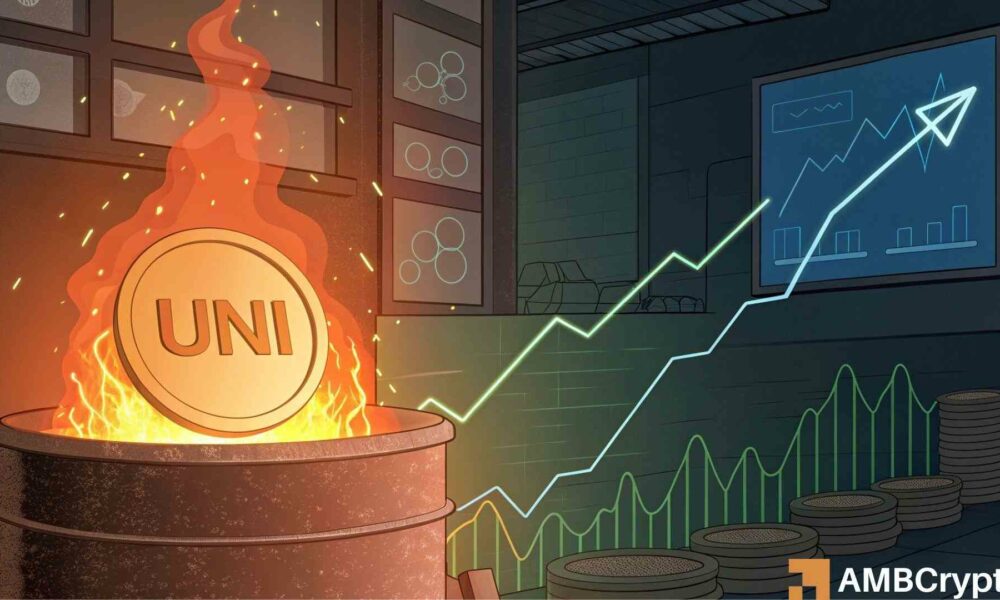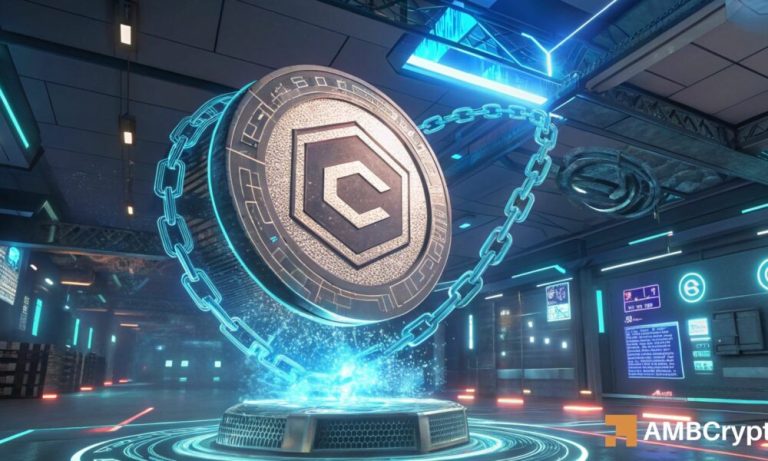
Uniswap (UNI) Surges 40% Amid Deflationary Buyback Announcement
Uniswap (UNI), the popular decentralized exchange, has seen its token price skyrocket by 40% following the announcement of its latest deflationary buyback plan. This strategic move could change the game for UNI holders as experts predict potential long-term growth. Here’s everything you need to know about this development and what it means for both investors and the DeFi ecosystem.
Why Is Uniswap Becoming Deflationary?
Uniswap’s team has proposed a dynamic plan to make the token deflationary. This involves activating a protocol fee switch and using the funds generated to buy back and burn UNI tokens. As part of this initiative, an additional 100 million UNI tokens from the treasury will also be burned, equal to the amount that would have been bought back had the fee switch already been active. This initiative is expected to decrease the total supply of UNI over time, potentially leading to a supply crunch and higher prices for the token.
Market Reactions and Price Movements
Following the announcement, UNI’s price surged from $6.50 to over $10, erasing October’s losses. Market analysts are now eyeing $8.6 as a key support level, which could serve as a springboard for further price growth. Despite slight corrections, the overall sentiment remains bullish as on-chain data reflects strong accumulation trends. Experts like CryptoQuant CEO Ki Young Ju predict this buyback plan could trigger a ‘supply shock,’ drastically reducing available UNI tokens on exchanges.
Key Metrics Backing the Bullish Sentiment
- Rising Accumulation: Over 950 million UNI tokens now fall under long-term holding categories, a metric that signals investor confidence.
- Trading Volume: With over $1 trillion in year-to-date volume on Uniswap v2 and v3 protocols, the platform demonstrates its ongoing dominance in the decentralized finance space.
- Ecosystem Impact: On-chain data from Santiment highlights that UNI’s circulating supply outside of exchanges has continued to rise, indicating fewer tokens are being traded and more are being held long-term.
Challenges and Criticisms
While the community celebrates this initiative, some critics caution against potential risks. Increasing fees on the protocol to fund buybacks could push traders to cheaper alternatives, possibly lowering transaction volumes. However, supporters argue that the current trajectory reflects strong demand and confidence in UNI’s future potential.
How Investors Can Prepare
As Uniswap executes its deflationary plans, investors can expect heightened volatility in UNI’s price. For individuals looking to benefit from this momentum, tools like Ledger Nano X, a trusted hardware wallet, are highly recommended to securely store UNI tokens during potentially turbulent market conditions.
What’s Ahead for Uniswap?
If approved, this buyback plan could rank Uniswap as the second-largest token buyback initiative, following closely behind Hyperliquid (HYPE). With prominent whales up by millions thanks to recent price surges, the momentum could continue unless market sentiment shifts.
In conclusion, Uniswap’s strategic deflationary approach is a bold step toward addressing long-standing community concerns and driving value for holders. Whether you’re an active trader or a long-term investor, keeping an eye on UNI’s market movements and upcoming governance proposals will be crucial to navigating this evolving opportunity.



